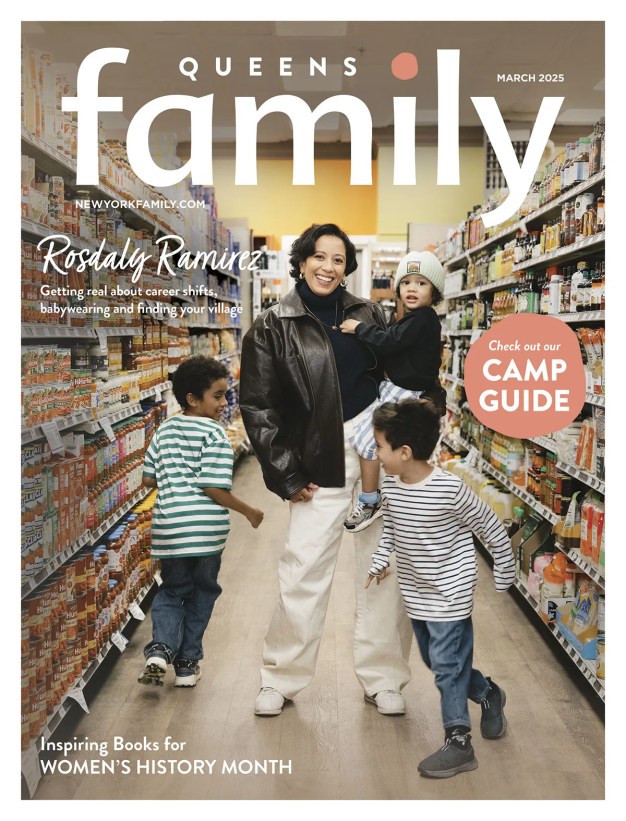When I was growing up, summer was a time for piracy. My friends and I would spend long days studying yellowed maps, searching the darkest corners of our houses for skulls and crossbones etched into the walls, and digging up half the lawn in search of buried treasure. We set off in canoes to find adventure on distant, mysterious shores, just like the scallywags in Treasure Island. And on rainy days, when we were forced to stay inside, my brother would dress up as Captain Hook and perform scenes from the Broadway adaptation of Peter Pan. (We all agreed it was far more exciting to be the villainous pirate captain than it was to be Peter.)
It’s been a long time since we had our last summer treasure hunt, but today’s kids still seem to have a penchant for piratical adventures. Walt Disney World, home of the Pirates of the Caribbean ride-turned-Hollywood franchise, sells “pirate princess” costumes alongside its tot-sized Cinderella and Snow White outfits, and I saw plenty of young buccaneers decked out in pirate finery on a visit there last year. International Talk Like a Pirate Day, celebrated every September 19, has become something of a phenomenon, and cities like New Haven, New York, and Baltimore offer pirate-themed cruises around their harbors. Even hospitals are embracing pirates’ popularity: ABC News recently ran a report about a New York City children’s hospital that’s updated its CT scanner with a pirate theme to make kids feel more comfortable.
There must be something about pirate tales that captures our imaginations—but what is it? We don’t glorify the grisly, criminal actions of real pirates, of course, but the pirates of storybooks bear almost no resemblance to their real-life counterparts. In the stories kids love, pirates sail the high seas, burying treasure and seeking adventure wherever it might be hiding. They sing sea chanteys, eat hardtack, and launch themselves into thrilling battles. Maybe these storybook pirates appeal to us because they break society’s rules in ways that are off limits to most of us—and to kids in particular.
Pirates can stay up as late as they want. They’re certainly not required to brush their teeth. They lead exciting lives tinged with danger, and if anyone dared to tell pirates to finish their homework, that person would
soon find herself walking the plank. As lawless and fearsome as these storybook pirates can be, though, the fact that they’re fictional makes them safe.
In Magic Marks the Spot, my heroine, Hilary, dreams of being a pirate because she believes it will free her from an ordinary life full of strict rules—a life without adventure. While today’s kids can’t set off on the high seas like Hilary does, I’d be willing to bet that many of them are looking for adventure in their own way, and I hope very much that they find it, whether it’s buried in the back yard, hidden in a house’s secret corners, or tucked inside the pages of a book.
Caroline Carlson holds an MFA in writing for children from Vermont College of Fine Arts. She grew up in Massachusetts and now lives with her husband in Pittsburgh, Pennsylvania, amid many stacks of books. The Very Nearly Honorable League of Pirates: Magic Marks the Spot (HarperCollins) is her first book.




















